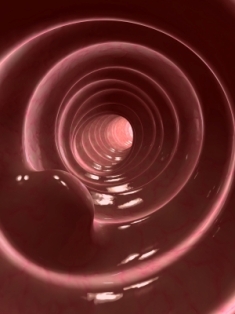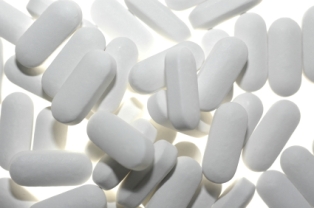Pining for Pine Bark, Extract
Study:Â Pine Bark Extract Improves Eyesight in 75 Percent of Diabetics

Italian researchers believe pine bark extract can improve the visual acuity of diabetics with poor eyesight.
Say you fall victim to some mysterious illness. The illness is such that it renders four of your senses useless. What’s the one sense that you’d want to keep more than any other?
For me, hands down, it’s eyesight. I can’t imagine not being able to see remarkable sunsets, gorgeous landscapes, the bustling streets of New York City, or the clear blue waters of the Caribbean.
Yet for millions of diabetics, sight is something they’re robbed of. It doesn’t happen for each and every one of the estimated 24 million Americans that have diabetes, but the chance of their becoming blind is steep indeed. Simply because they’re diabetic, they are 60 percent more likely to develop cataracts and 40 percent more likely to develop glaucoma.
But a new study published in the Journal of Ocular Pharmacology and Therapeutics indicates that eyesight can be improved in diabetics by supplementing with pine bark extract.
Pine bark being used as a healing aid goes all the way back to the days when French explorers roamed the Americas. Legend has it that when Jacques Cartier arrived on the new world, fellow shipmen of his were terribly ill with scurvy. But thanks to the medicinal knowledge and know-how of the Native Americans, their symptoms disappeared after drinking tea made with pine bark from an East White Cedar tree.
Pine tree bark remains in use today. Its high antioxidant content makes it something of an all-purpose supplement, helping people recover from arthritis, cancer and diabetes complications.
Speaking of diabetes complications, the participants in the aforementioned study had all been diabetic for four years. For two months, the Italian researchers had 24 of the participants supplement with 150 milligrams of pine bark extract. The remaining participants served as the control group and supplemented with a placebo.
At the end of the study, three out of every four participants that supplemented with the pine bark extract improved their eyesight. They reported being able to see more clearly, and tests measuring their eye strength increased from 14/20 to 17/20.
Researchers believe the pine bark extract proved beneficial because of its ability to stimulate greater blood flow to the eyes.
It’s hard to believe that sugar regulation can have such a huge impact on the eyes, but that’s the very thing that puts diabetics at such risk for blindness. When the body’s sugar levels can’t be maintained properly (i.e. due to an inability to produce enough insulin), the blood vessels in the eye become severely weakened. This weakening increases the chances of capillaries bursting. Capillaries in the eye burst all the time, but when they’re weakened because of insufficient sugar regulation, they often become closed off. This means that they can’t grow back, robbing the retina of the blood it needs to survive and function. Approximately 40 percent of diabetics with eye problems have diabetic retinopathy.
Diabetes is the leading cause of blindness in adults.
Sources:
nutraingredients.com
cancer.org
aoa.org
Posted: December 20th, 2009 under Diabetes, Eye Health.
Tags: diabetes complications, eyesight problems, pine bark, pine bark extract
Comments: none

















